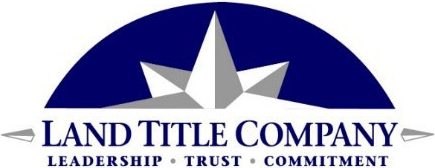In every real estate transaction, one document brings all the moving parts together: the settlement statement. Whether it’s a Closing Disclosure (CD) or an ALTA Settlement Statement, this form is more than just a list of numbers—it’s the final summary of the transaction.
The settlement statement outlines exactly how money moves in a transaction. It shows where the buyer’s funds are going, what the seller is netting, and how fees, taxes, and lender charges are being allocated. For your clients, these numbers often feel overwhelming. For you, they’re an opportunity to build trust and confidence by breaking the document down into clear, simple terms.
Know Where the Numbers Come From
Every figure on the settlement statement has a source:
-
Purchase price and earnest money come directly from the purchase and sale agreement.
-
Loan amounts and fees are supplied by the lender.
-
Title insurance premiums, escrow fees, and recording charges come from the title and escrow company.
-
Taxes, prorations, and HOA dues are calculated based on county records and contractual agreements.
When you know where these numbers originate, you can verify their accuracy, catch potential errors, and reassure your clients that nothing is being overlooked.
Your buyers and sellers don’t just want to see totals—they want to understand them. Being able to point to a line item and say, “This charge is your recording fee paid to the county, and here’s why it’s necessary,” shows that you’re more than just a facilitator—you’re their advocate.
Avoid last-minute surprises! One of the most stressful moments in a transaction is when clients see unexpected fees at closing. By reviewing the settlement statement early and walking through it with your clients, you help eliminate confusion and avoid last-minute panic. A broker who can explain the difference between prepaids, escrow reserves, and prorations provides calm and clarity in an often emotional moment.
Bottom Line
Real estate isn’t just about contracts and showings—it’s about guiding your clients through one of the biggest financial transactions of their lives. Understanding the settlement statement elevates your professionalism, positions you as a trusted advisor, and strengthens your reputation with clients, lenders, and escrow officers alike.
Don’t leave the settlement statement solely to escrow or the lender. Learn it, understand it, and make it part of your client service. When you can confidently explain how the numbers add up, you prove your value and ensure a smoother, more successful closing experience for everyone involved.
Questions? Call one of our escrow closers:


